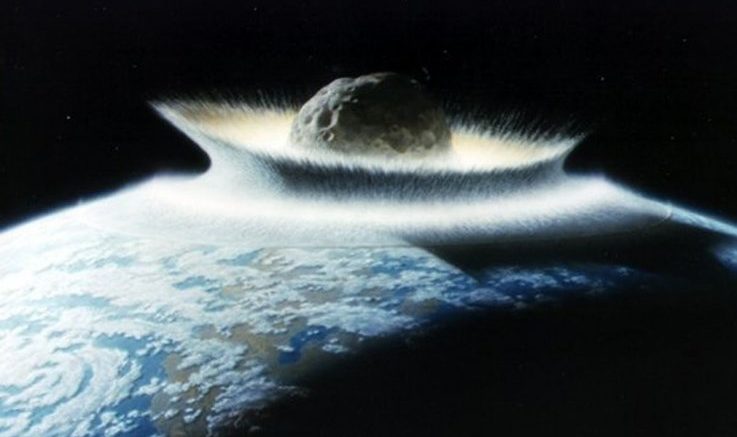With over 190 confirmed impact craters having hit Earth, there are a plethora of interesting discoveries! A good example of this being that scientists can roughly determine the age of an impact based upon the size of the crater.
Impact craters less than ten thousand years old typically have a diameter of around 330 feet. Almost all craters between 10,000 and 1 million year in age are less than 2.4 miles in diameter. For craters ages between 1 and 10 million years ago, they have a diameter of 3 miles or more. Craters with diameter 12 miles or more are all older than 10 million years ago. Knowing this, looking at the 5 largest impact craters will probably be very small and some of the youngest!
Wabar Craters
Located in Saudi Arabia, the Wabar craters are impact craters first brought to the attention by Western scholars while searching for the legendary city of Ubar in Arabia’s Rub’ al Khali in 1932. The craters cover an area of 1,600 by 3,300 feet with 3 prominent circular craters. The layout of the impact area suggests that the body fell at a shallow angle, with a total mass of more than 3,500 tons. Therefore, it’s likely that the meteor broke up in the air into at least four pieces before impact. It has been calculated that the biggest piece struck with an explosion roughly equivalent to the atomic bomb that leveled the city of Hiroshima.
Whitecourt
Located in central Alberta, Canada 6.2 miles Whitecourt crater is approximately 6.2 miles southeast of the town of Whitecourt. It is noteworthy for being unusually well-preserved for a crater of small size and relatively young age. The crater has dimensions of 118 feet in diameter and 20 feet of deep. The age is estimated to be between 1,080 and 1,130 years since the buried fragments of the impacting meteorite are all found above a layer of carbon from a forest fire dating around 1,100 years ago.[2] More than 3,000 pieces of the impacting meteorite have been found, with the fragments ranging in size from a few grams and 500 grams in mass.
Ilumetsa
The Ilumetsa site is located in south eastern Estonia and it consists of two structures, located 725 m from each other. Their diameters are: 75–80 m and ~50 m. Their true depths are about 8 and 3.5 m, respectively.[2] Both structures are surrounded by a rim up to a few meters high: the rims are highest in their eastern parts with maximum rim heights of Ilumetsa Large 4.5 m and 1.5 m for Ilumetsa Small. No clear meteorite fragments or shock metamorphic effects were ever found around those structures. Because of that Ilumetsa is not a proven impact crater. However, indirect lines of evidence are enough to call it a “probable” impact site.
Kaali crater
Kaali is a group of nine meteoritecraters in the village of Kaali on the Estonian island of Saaremaa that formed around 1500 BC. The group was created by an impact event and is one of the few impact events that has occurred in a populated area, around 3,500 years ago.
Campo del Cielo
Campo del Cielo refers to a group of iron meteorites which are 620 miles north-northwest of Buenos Aires, Argentina and 310 miles southwest of Asunción, Paraguay. The crater field covers an area 11.5 by 1.9 miles and contains at least 26 craters. The craters in the group are estimated to be around 4000-5000 years old.
For other Top 5 articles like this, check out the articles we have. Connect with us on our social media such as Twitter and Instagram to stay up to date on new articles, events, and more.

Be the first to comment on "Top 5 Smallest Impact Craters On Earth"